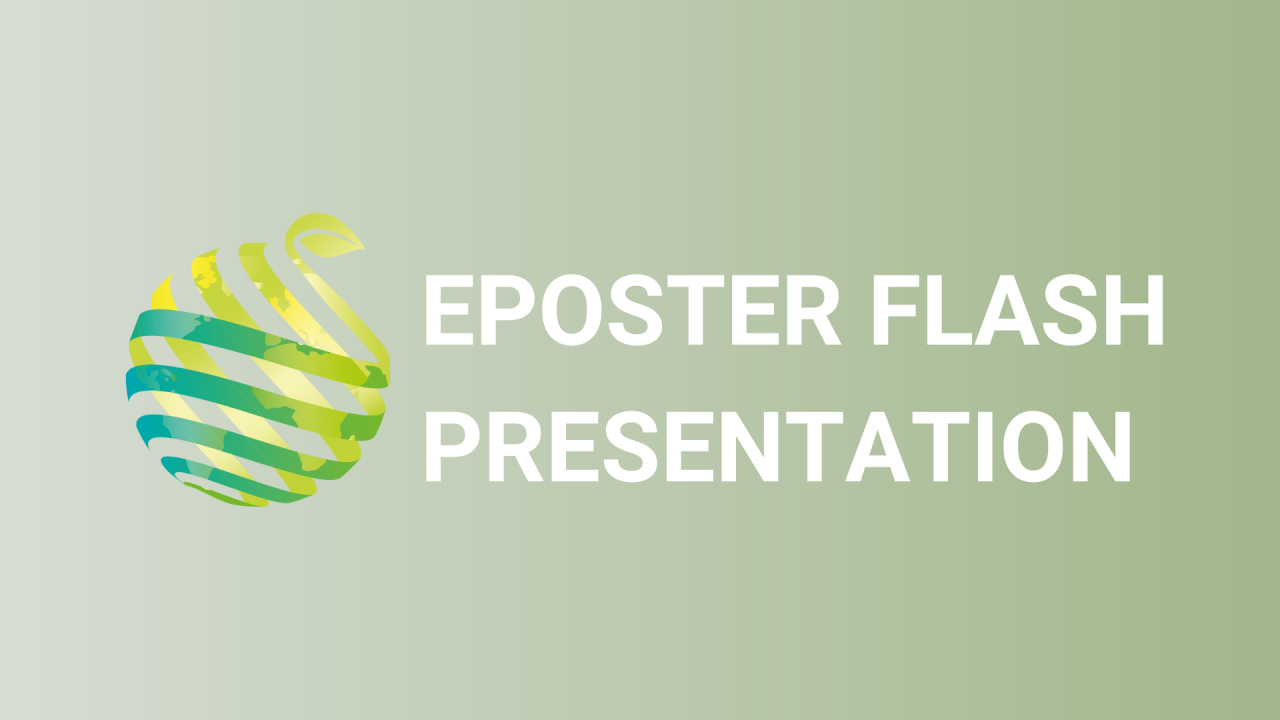

S23 - Session P6 - Characterization of browning during CO2 deastringency treatment in astringent persimmon fruit
Information
Authors: Weijuan Han *, Kun Cao, Songfeng Diao, Peng Sun, Huawei Li, Yini Mai, Yujing Suo, Jianmin Fu
Deastringency treatment with CO 2 is an effective and convenient method for improving the marketability of persimmon fruit. However, the main persimmon cultivars in China turn brown very quickly following exposure to a high-CO 2 atmosphere, causing significant economic loss . However, the mechanisms of persimmon browning under CO 2 treatment remain largely unknown. In this study, we evaluated components and enzymes related to persimmon fruit browning. The results revealed that astringency was alleviated by simultaneous reduction of soluble tannin content and accumulation of insoluble tannin. During persimmon browning, fruit firmness, total phenolic content, and phenylalanine ammonia lyase (PAL) activity decreased significantly, whereas malondialdehyde (MDA), superoxide dismutase (SOD), peroxidase (POD), catalase (CAT), and polyphenol oxidase (PPO) activity increased significantly, suggesting that reactive oxygen species (ROS)-scavenging enzymes and non-enzymatic antioxidants cannot effectively maintain redox reaction balance to protect cell membranes from oxidative damage during CO 2 treatment. An untargeted metabolomics analysis identified 19 polyhydroxyphenols that were downregulated in CO 2 -treated fruit, suggesting that phenolics may act as a substrate for persimmon browning. We also identified 11 metabolites associated with abiotic stress. Together, these results study provide valuable information on the mechanism of persimmon fruit browning induced by CO 2 treatment and will contribute to the ongoing development of the persimmon fruit industry.